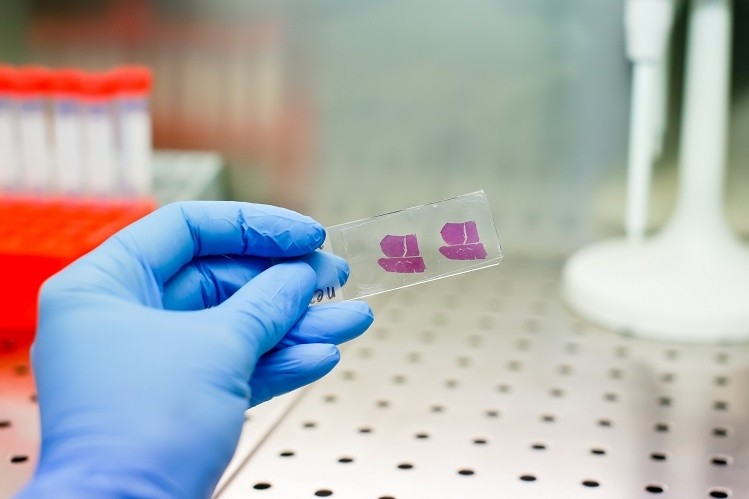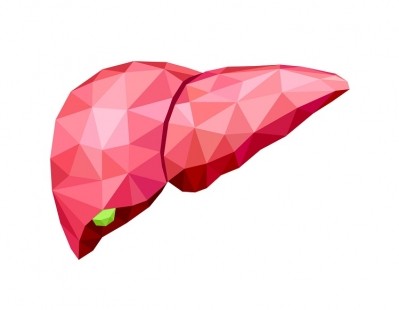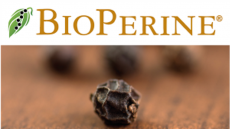The gold standards for measuring liver health supplement efficacy in clinical trials

The gold standard of assessing liver function is measuring the changes of the enzymes that are important for amino acid metabolism, Dr Janaki Iyer, lead scientist at Ontario-based research lab KGK Science told NutraIngredients-USA.
These enzymes are namely aspartate aminotransferase (AST), alanine aminotransferase (ALT), and gamma-clutamyl-transpeptidase (GGT), which can be measured from blood samples.
This is especially true when assessing how bioactives or ingredients may intervene in reducing the risk or symptoms of diet-induced non-alcoholic fatty liver disease, or NAFLD, which affects an estimated 80 million to 100 million Americans, according to data from the Mayo Clinic.
“Since a disease population (NAFLD) is being studied, the trial should aim to potentially normalize or significantly decrease the risk factors for the progression of the disease,” Dr Iyer said.
Of course, a supplement manufacturer may not claim and advertise disease reduction or prevention, so any link between a supplement ingredient and changes or improved levels of the enzymes Dr Iyer noted should be marketed as general support for the liver.
Additionally, because there is currently no medically approved treatment for NAFLD, “doctors advise patients to lose excessive weight and lower blood fat levels,” KGK’s Dr Iyer added.
Hence, investigational products that help reduce or manage triglycerides, cholesterol, body weight and inflammation overall could be the targets of clinical trials for claims substantiation in the liver health space, she said.
Measuring fat accumulation in liver
Another method, albeit more difficult to do in humans, is to measure fat accumulation in liver. “Non-alcoholic fatty liver disease (NAFLD) is the buildup of extra fat in liver cells that is not caused by alcohol,” Dr Oliver Chen, principal scientist at Biofortis, a division of Mérieux Nutrisciences, told us.
“Change in the liver volume in NAFLD patients is an important marker of disease progression as well as regression, as it has been linked to risk of metabolic disorders and reduction in steatosis and size is noted in cirrhosis of the liver,” he said.
In animal studies, researchers can physically measure livers of sacrificed rodents. This was done in recently published studies of ingredients linked to improved fatty liver symptoms, such as one on konjac glucomannan conducted by researchers from Australia and China published in the Journal of Functional Foods, and another on schisandra extract by Chinese researchers published in Biomedicine & Pharmacotherapy.
But for humans? “MRI has been considered the gold standard for quantitative liver fat assessment in NAFLD patients,” Dr Chen said. “Recent studies have utilized an advanced chemical-shift based gradient-echo MRI technique that measures the proton-density-fat-fraction (PDFF), a quantitative marker of fat content in tissue.”
Join us for our upcoming FREE Liver Health webinar on February 2018
- Thursday, February 28 at 1 PM EST
- Duration: 60 Minutes
- LIVE Q&A session
- Experts from Gaia Herbs, Kaiviti Consulting, and The Think Healthy Group
From botanical blends to microbiome interventions, there is plenty of interest in better understanding how to support liver function. Join NutraIngredients-USA as we explore this topic with leading brands and industry stakeholders. CLICK HERE TO REGISTER
















